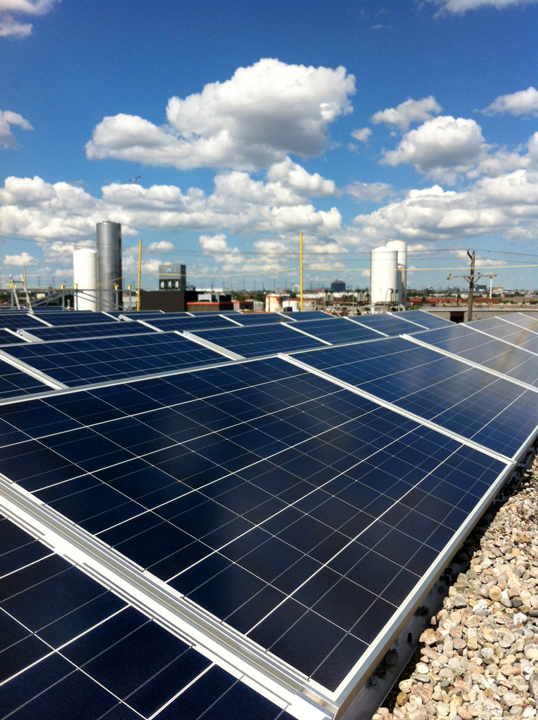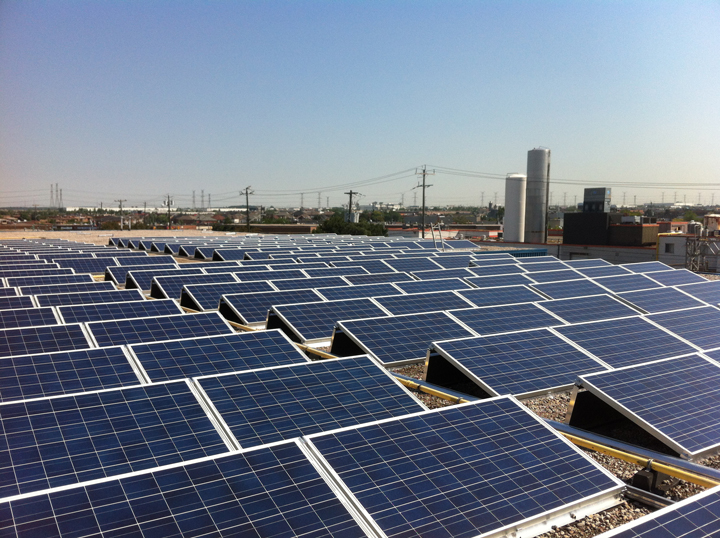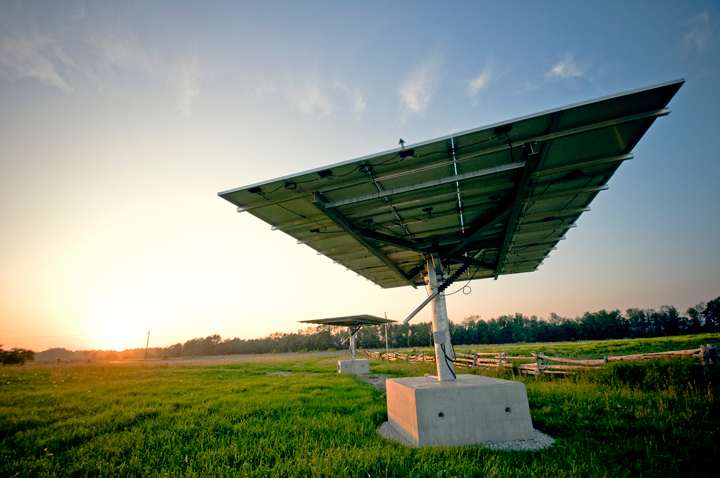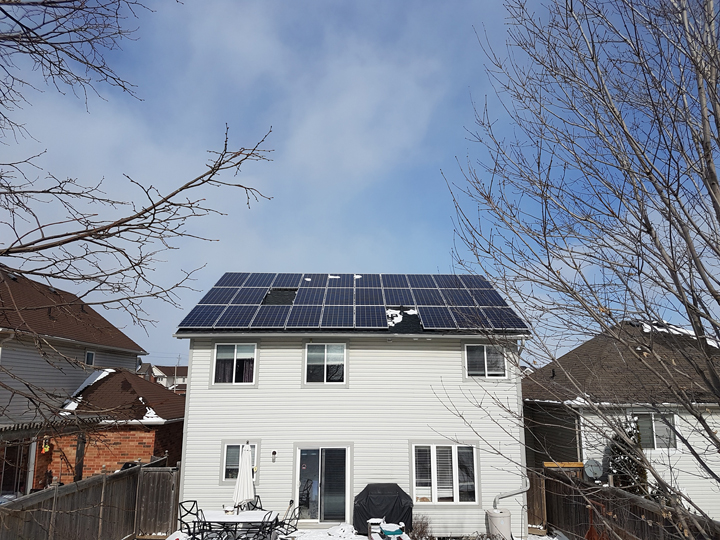When looking at potential solutions to becoming more self reliant/sustainable with energy, the conversation needs to begin with taking a hard look on how energy is being used today. There are several outside the box solutions that naturally lend themselves to sustainability
Harnessing the Energy of the Sun for a Sustainable Tomorrow
Jeremy DeSota | EthoEnergy
The value of integrating solar energy into homes and businesses is far from a new conversation. There is no doubt that integrating solar energy into the grid can offset energy costs and increase overall sustainability. But what if you wanted to become self reliant, and get off the traditional energy grid?
Would solar energy be enough?
The truth of the matter is that solar energy has its limitations. Since the energy comes from the sun, it can only be generated when the sun is out. Cloudy days, nights, and seasonal fluctuations will impact the amount of sun that can be harnessed and, in turn, converted to energy. And so, on those bright, hot sunny days, there will be lots of energy.
But what happens on the cloudier days or in the evening? With no new energy being produced, there are two options, remain on the grid or integrate a storage solution that can compensate for the lack of production.
To respond to unanticipated energy demands, the current energy infrastructures in the Western world have been built to produce too much energy. However; centralized storage solutions to contain this excess energy production, are still quite rare in the developed world. This is partially because the cost to maintain this storage facility, in addition to, the current hydro, nuclear and gas infrastructures that exist, would be cost prohibitive.
How can companies pay for tomorrow’s infrastructure when they are still paying for yesterday’s? For most countries, converting to a new renewable infrastructure while still paying for the old is financially unfeasible.

This is the reason why third world countries can convert to renewable energies much quicker than developed ones. These countries do not have to pay of the debt of their old infrastructure, as in some cases renewable energy is the first infrastructure that has been put into place. And so, the only cost involved, is the one of the new infrastructure put into place. In North America, this is not the case.
This is why the solution for North America has shifted from centralized renewable energy to localized solutions. The intent of these on site solutions is to gain energy independence from the grid through capturing and storing their own renewable energy. However; the cost of these batteries remains a barrier for the average home and/or business owner to fully get off the grid.
On a positive note, the costs of solar panels and the associated invertor has dropped dramatically over the last few years. And so, several business and home owners are opting for on site renewable energy solutions that feed the energy into the grid instead of storage. But the future for storage solutions is changing.

Shifting to a Stored Environment
Tesla, with its innovative project in Australia, has sparked a conversation about the potential of solar batteries becoming the go to solution to alleviate our current grid shortage challenges.
Essentially solar batteries work by converting the AC energy created by the solar panels into DC energy to be used later. The larger the battery is, the more capacity it can store. The benefit with this system is that when the solar panels are not producing energy, for example on a cloudy day, the home will revert to the energy stored in the battery. As more individuals become invested in the solutions, the cost, will eventually go down.
In fact, GTM Research and the Energy Storage Association predicts that solar batteries and other storage solutions will become a $2.5 billion market in the United States by 2020. That is less than two years away. In order to get there we need to understand how to create reliable, dependable, storage infrastructures that can support our current energy demands.

When looking at potential solutions to becoming more self reliant/sustainable with energy, the conversation needs to begin with taking a hard look on how energy is being used today. There are several outside the box solutions that naturally lend themselves to sustainability. This includes self monitoring consumption levels, converting to energy efficient appliances, and even replacing a natural gas furnace with an electric heat pump, which is also powered by solar.
Converting to solar panels is the first step towards embodying a more sustainable lifestyle. To get fully off grid you need to know how much energy that you are using today. This will ensure that you have both the solar panels and storage solution that will sustain current consumption levels.
Integrating energy monitoring software is a great first step. This data should be closely reviewed to determine the amount of energy needed throughout the day, and when the energy consumption is at its peak.
This information will help solar providers determine both the size of the solar system needed and the storage solution required to support your energy consumption patterns. If you truly want to be off grid, you need to integrate a storage solution that will be able to hold enough energy for those days where you need to be less reliant on the sun for energy. This begins with making an educated guess on how many days that a home would need to rely on solar without the production of the sun. To account for climate unpredictability, a back up generator is also recommended which will be in place in the case of energy failure. On average, homes use 25 kw of energy a day. In a scenario with an off-grid solution, you need to have system in place (including solar panels and battery) that will generate enough energy to sustain the household while also accounting for storing energy for several days.

It is far from a simple solution, but it is one, that if thought through, can pave the way to an environmentally and economically sustainable lifestyle that will benefit not only the generation of today, but the generations of tomorrow.
About EthoEnergy
EthoEnergy is a solar power provider, offering complete grid-tied solar solutions for roof-top systems, ground mount fixed systems, and ground mount tracking systems. EthoEnergy is dedicated to making each investment in clean, renewable energy as profitable and seamless as possible for its clients.
The content & opinions in this article are the author’s and do not necessarily represent the views of AltEnergyMag
Comments (0)
This post does not have any comments. Be the first to leave a comment below.
Featured Product

